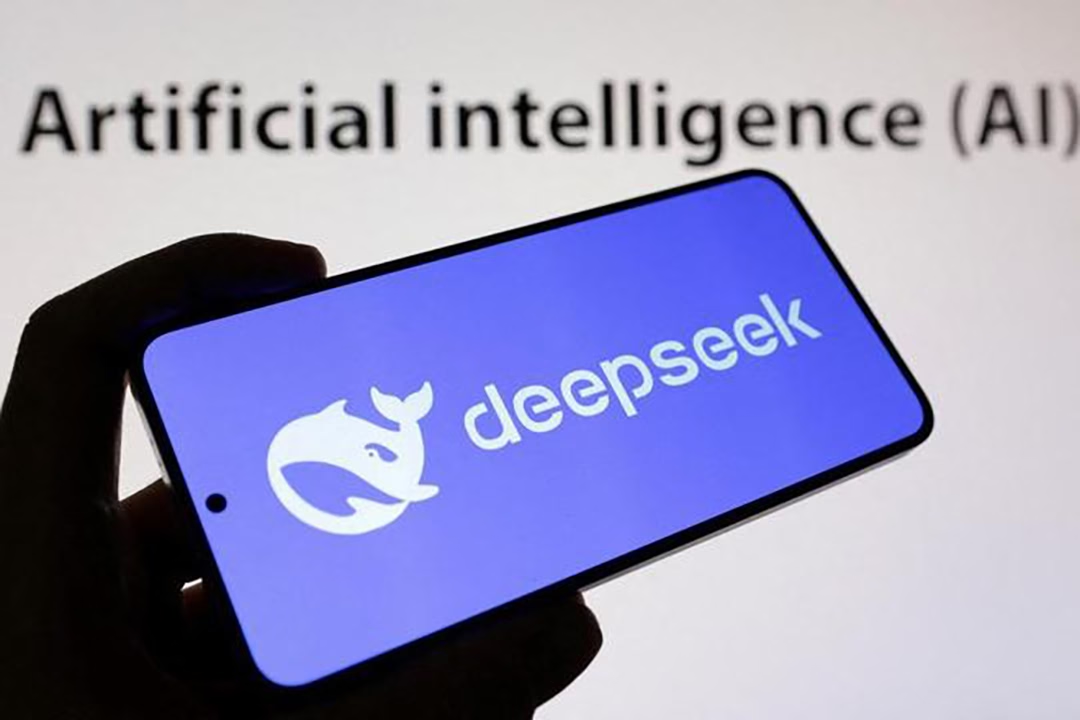DeepSeek, a Chinese artificial intelligence company, is poised to make a significant impact on the pharmaceutical industry through its advanced natural language processing (NLP) and large language model (LLM) technologies. The potential applications span multiple dimensions, including data-driven research, clinical decision-making, and resource management. This analysis explores the potential impacts and challenges of DeepSeek’s AI in the healthcare sector.
Accelerating Drug Development and Clinical Trials
Compound Screening and Target Discovery: DeepSeek’s AI models can analyze vast amounts of biomedical literature, clinical trial data, and chemical databases to rapidly identify potential drug targets or candidate compounds. This approach can significantly shorten traditional R&D cycles by 30%-50%, reducing the typical 10-15 years to a much shorter timeframe.
Clinical Trial Optimization: By leveraging NLP to parse patient medical records, DeepSeek can precisely match trial participants, optimize inclusion criteria, and predict trial outcomes, thereby reducing failure rates. For example, AI can help design adaptive clinical trials that dynamically adjust protocols based on real-time data.
Case References: Similar to Insilico Medicine’s AI-driven discovery of idiopathic pulmonary fibrosis drugs and DeepMind’s AlphaFold for protein structure prediction, DeepSeek could drive similar breakthroughs through more efficient text and data mining techniques.
Advancing Precision Medicine and Personalized Treatment
Genomic and Health Data Analysis: By integrating patient genomics, electronic health records (EHR), and real-time monitoring data, DeepSeek’s models can generate personalized treatment recommendations. For instance, they can predict cancer patients’ responses to specific chemotherapy regimens.
Real-Time Diagnostic Assistance: In medical imaging recognition (e.g., CT scans, pathology slides) and symptom text analysis (e.g., patient complaints), DeepSeek can provide high-precision diagnostic support, reducing the rate of missed diagnoses. This is akin to IBM Watson Oncology but tailored to the Chinese language context and local data.
Optimizing Healthcare Resource Allocation and Public Health Management
Epidemic Prediction and Control: By analyzing social media, search data, and medical reports, DeepSeek can provide early warnings of infectious disease outbreaks (e.g., influenza, COVID-19) and simulate transmission pathways to assist governments in formulating precise control strategies.
Resource Scheduling: AI can predict drug demand and emergency room loads in different regions, optimizing supply chains and bed allocations to alleviate congestion in tertiary hospitals.
Challenges and Risks
Data Privacy and Compliance: Medical data involves sensitive personal information, necessitating compliance with China’s Personal Information Protection Law and Data Security Law. DeepSeek must collaborate with medical institutions to establish compliant data anonymization and encryption mechanisms.
Interdisciplinary Barriers: The integration of biology and clinical medicine knowledge is essential in the pharmaceutical field. AI models need customized training to avoid the “black box” problem and build trust. For example, explainable AI (XAI) technology could be crucial.
Clinical Implementation Challenges: Algorithms must undergo rigorous clinical trial validation and adapt to the unique characteristics of China’s healthcare system, such as the tiered diagnosis and treatment system and health insurance policies.
Policy and Competitive Environment
Policy Support: China’s 14th Five-Year Plan emphasizes the integration of AI and healthcare. Local policies in cities like Beijing and Shanghai encourage AI medical innovation, and DeepSeek may receive government funding or pilot project support.
International Competition: DeepSeek faces competition from international companies like Google’s DeepMind and Nvidia’s medical AI. However, its ability to understand localized data and adapt to local policies is a key advantage.
Future Outlook
If DeepSeek can establish a collaborative ecosystem with pharmaceutical companies, medical institutions, and regulatory agencies, its AI technology could become an “infrastructure” for the pharmaceutical industry, enhancing efficiency across the entire chain from R&D to diagnosis. In the short term, it may focus on developing auxiliary tools (e.g., literature analysis platforms, imaging diagnostic modules), with potential long-term expansion into drug discovery contract research organization (CRO) services.-Fineline Info & Tech
